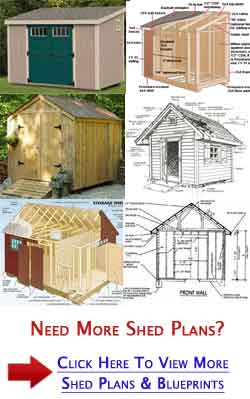

 www.walmart.com
www.walmart.com Introduction: Building a Cozy, Insulated Shed So, you're looking to create a comfortable and functional shed? Adding batt insulation is a great way to regulate temperature, reduce noise, and potentially even convert your shed into a workshop or hobby space. This guide provides a step-by-step approach to insulating a shed with batt insulation. Before starting, ensure you have the necessary permits if required by your local regulations.
Materials and Tools Checklist Gather these items before you begin: Batt Insulation: Choose the appropriate R-value for your climate. Fiberglass or mineral wool are common choices. Utility Knife or Insulation Knife: For cutting insulation. Safety Glasses: Protect your eyes from insulation fibers. Dust Mask or Respirator: Essential for breathing protection. Gloves: To prevent skin irritation. Measuring Tape: For accurate measurements. Staple Gun: For securing insulation to framing. Staples: Appropriate size for your staple gun. Straight Edge or Ruler: For making clean cuts. Vapor Barrier (Optional): Depending on your climate, you may need a vapor barrier. Check your local building codes. Foil Tape (If using vapor barrier): For sealing seams in the vapor barrier. Lighting: Ensure adequate lighting inside the shed.
Step 1: Prepare the Shed Begin by ensuring the shed's structure is sound. Repair any leaks or damage to the roof or walls. Clean the interior of the shed, removing any debris, tools, or obstructions. This will provide a clear workspace and allow for proper insulation installation. Good ventilation is also important open windows if possible.
Step 2: Measure and Cut the Insulation Measure the distance between studs or framing members in the walls and ceiling. Add an extra inch or two to each measurement for a snug fit. Using a utility knife or insulation knife and a straight edge, carefully cut the insulation batts to the appropriate size. It's better to err on the side of slightly larger; you can always compress it a bit. Remember safety glasses, gloves, and a mask!
Step 3: Install the Insulation Starting at the top of the wall or ceiling, carefully insert the insulation batts between the studs or framing members. Ensure the insulation fits snugly, but avoid over-compressing it, as this reduces its R-value. The paper or foil facing (if present) should typically face the interior of the shed, but consult the manufacturer's instructions and local building codes. Use a staple gun to secure the insulation to the framing every 6-12 inches. Pay close attention to corners and edges, ensuring there are no gaps.
Step 4: Address Gaps and Seams Inspect the installed insulation for any gaps or seams. Use smaller pieces of insulation to fill any voids. For larger gaps, consider using expanding foam insulation, but use it sparingly and follow the manufacturer's instructions carefully. Ensure a tight and continuous layer of insulation to maximize its effectiveness.
Step 5: Install Vapor Barrier (Optional) In colder climates, a vapor barrier is essential to prevent moisture from condensing within the insulation. Install the vapor barrier over the insulation, overlapping each seam by at least 6 inches. Secure the vapor barrier to the framing with staples. Seal all seams and edges with foil tape to create an airtight seal. Again, check your local building codes regarding vapor barrier requirements and placement (interior vs. exterior side of the insulation).
Step 6: Finishing Touches Once the insulation and vapor barrier (if applicable) are installed, you can begin installing interior wall and ceiling coverings, such as plywood, drywall, or shiplap. This will protect the insulation and provide a finished look to your shed. Ensure proper ventilation within the shed to prevent moisture buildup.
Conclusion: Enjoy Your Insulated Shed By following these steps, you can successfully insulate your shed with batt insulation, creating a more comfortable and functional space. Remember to prioritize safety and consult local building codes for specific requirements in your area. An insulated shed can be used for a variety of purposes, from a workshop to a storage area to a peaceful retreat. Enjoy the benefits of your newly insulated shed!
Cedar Lap Siding Saltbox Sheds
 www.gazebocreations.com
www.gazebocreations.com Little Cottage 12 X 10 Ft. Classic Wood Cottage Panelized Storage Shed
 www.walmart.com
www.walmart.com Cedar Lap Siding Deluxe Estate Sheds
 www.gazebocreations.com
www.gazebocreations.com



0 komentar:
Posting Komentar